Work up a sweat with this HIIT Cross training plan
HIIT cross training: burn fat, get fit and improve sports performance with this time-saving workout.
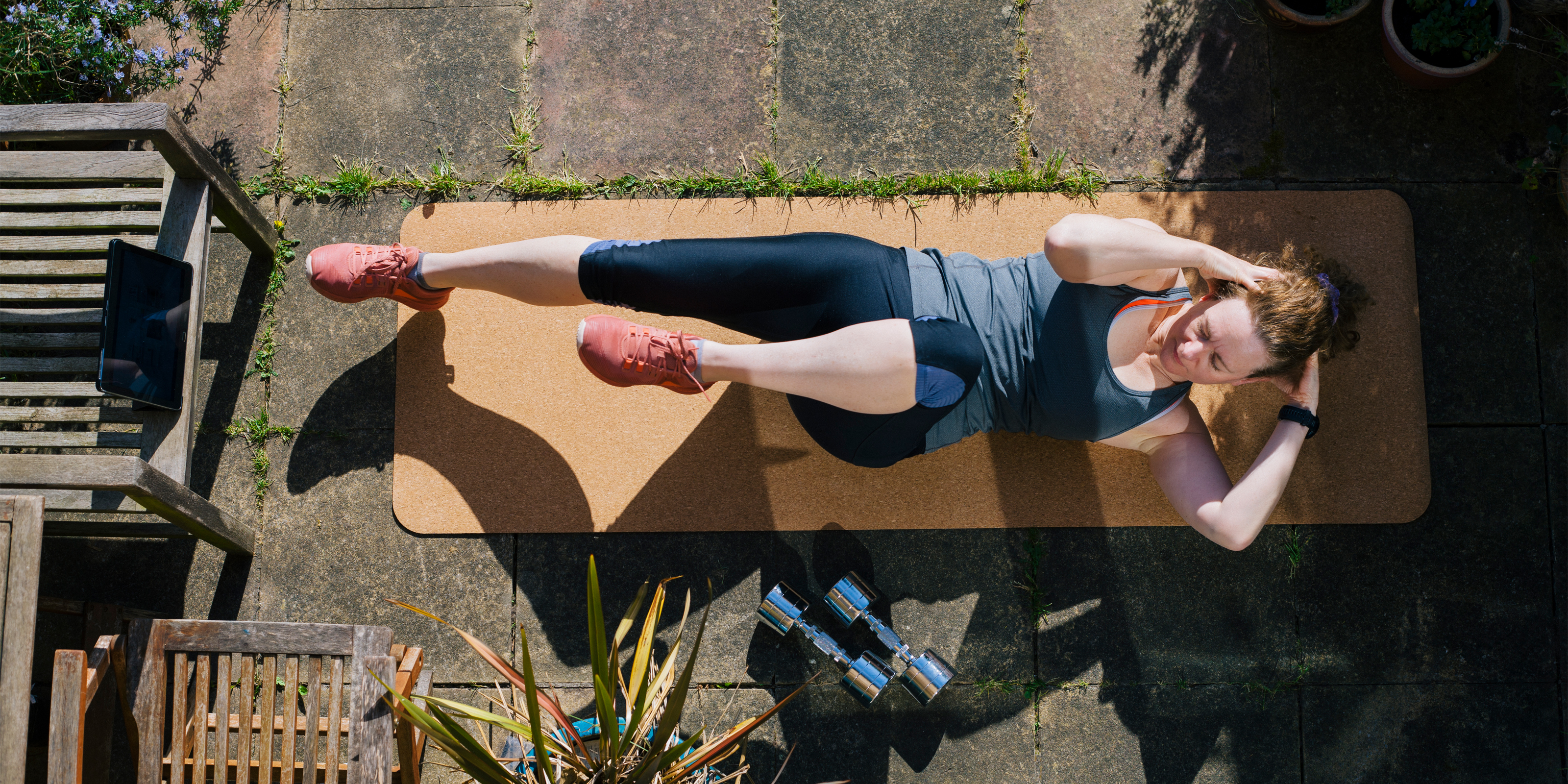

HIIT cross training is a mix of high intensity interval training, cardio and strength exercises that can improve aerobic fitness, strength and sports performance. The best cross training shoes are a must-have for this fast-paced, full body workout.
So what exactly does HIIT cross training involve? “HIIT is scientifically proven to increase aerobic capacity, reduce the risk of heart disease, and works as an efficient workout plan when you’re short on time,” says personal trainer Mitch Raynsford, a strength and conditioning coach at P3RFORM.
“The key objective of a HIIT workout is to work at a high heart rate (at least 80-90 percent of your maximum) for short bursts. Cross training on the other hand involves doing a different type of sport to your primary sport - for example, for a runner that could be cycling, swimming or HIIT. Cross training for runners can reduce the impact on joints as well as the risk of injury, while still helping to maintain and improve their aerobic capacity and sports performance.”
Read on to try our HIIT cross training plan created exclusively for Fit&Well by PT Mitch Raynsford.
Warm-up
Leg Swings
Holding onto a solid object for balance, swing the left leg all the way in front and then all the way behind 10 times. Repeat for the right leg. Then swing the left leg side to side 10 times, and repeat for the right leg.
Dynamic chest stretch
Standing with feet hip-width apart, place the hands in front of the chest and form a triangle with the fingers. Powerfully push both arms straight forward as you exhale, then mindfully bring them back in towards the chest as you inhale. Repeat 10 times.
Main workout
For this workout, there are six different exercises (A1 - A6.) For a full HIIT session, work through the full routine then repeat the exercises, in order, five times. Remember to take a short 30 second break in between each exercise.
Get the Fit&Well Newsletter
Start your week with achievable workout ideas, health tips and wellbeing advice in your inbox.
A1 - Jumping squats
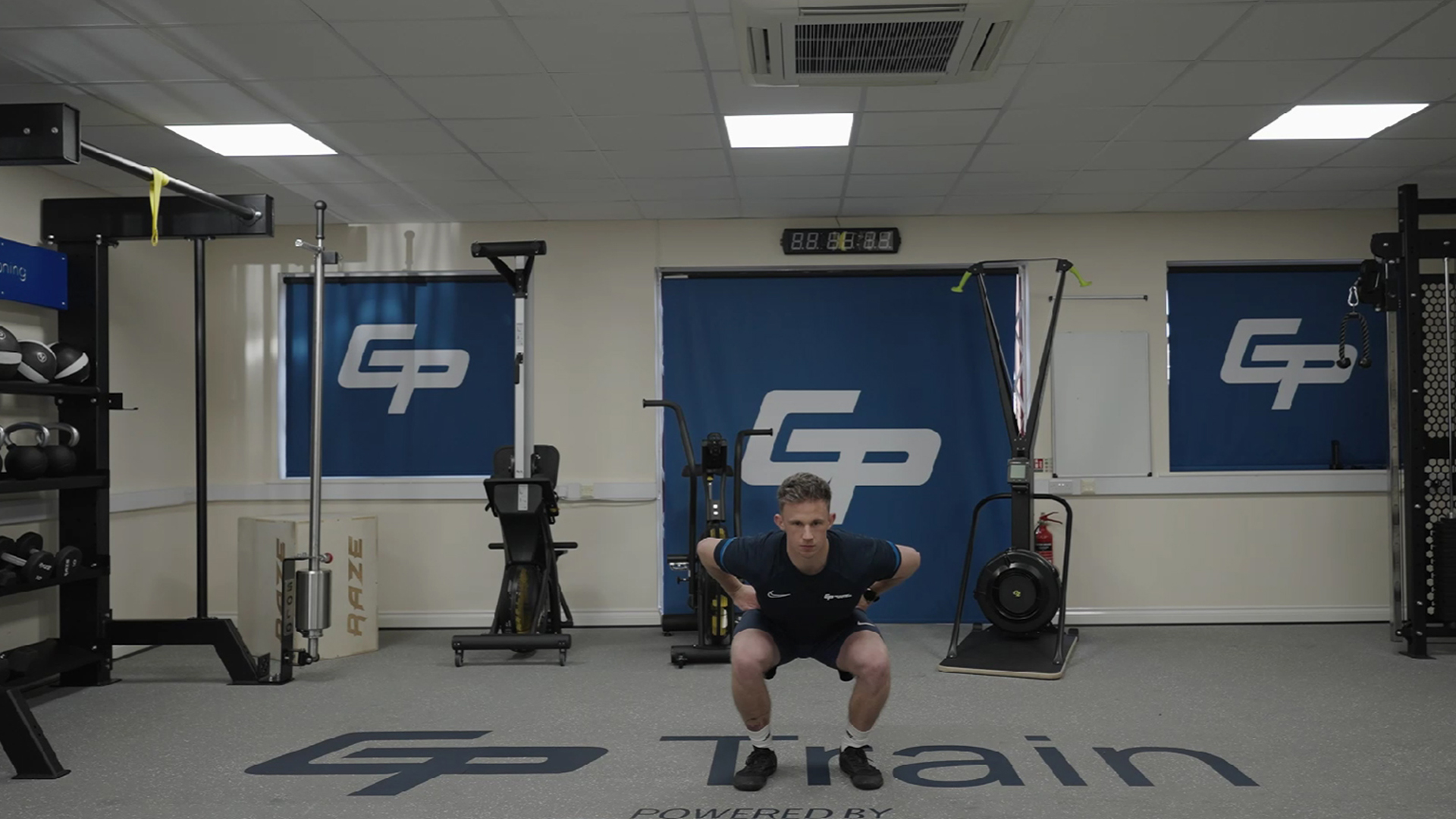
Jumping squats (or squat jumps) are a type of plyometric exercise that can increase power and strength in the legs as well as aerobic capacity. Here's how to do them:
- Stand with your feet wider than your hips and your toes turned slightly outwards.
- Inhale and drop down into a deep squat (or as deep as you can, pain-free). As you do this, stretch both arms out in front of you.
- As you exhale, jump out of the squat as high as you can. As you do this, swing your arms back behind you to help create a powerful force and for balance.
- As you land back down, gently drop straight into another squat.
- Repeat for 30 seconds (beginner) or 60 seconds (intermediate to advanced).
A2 - Inch worms
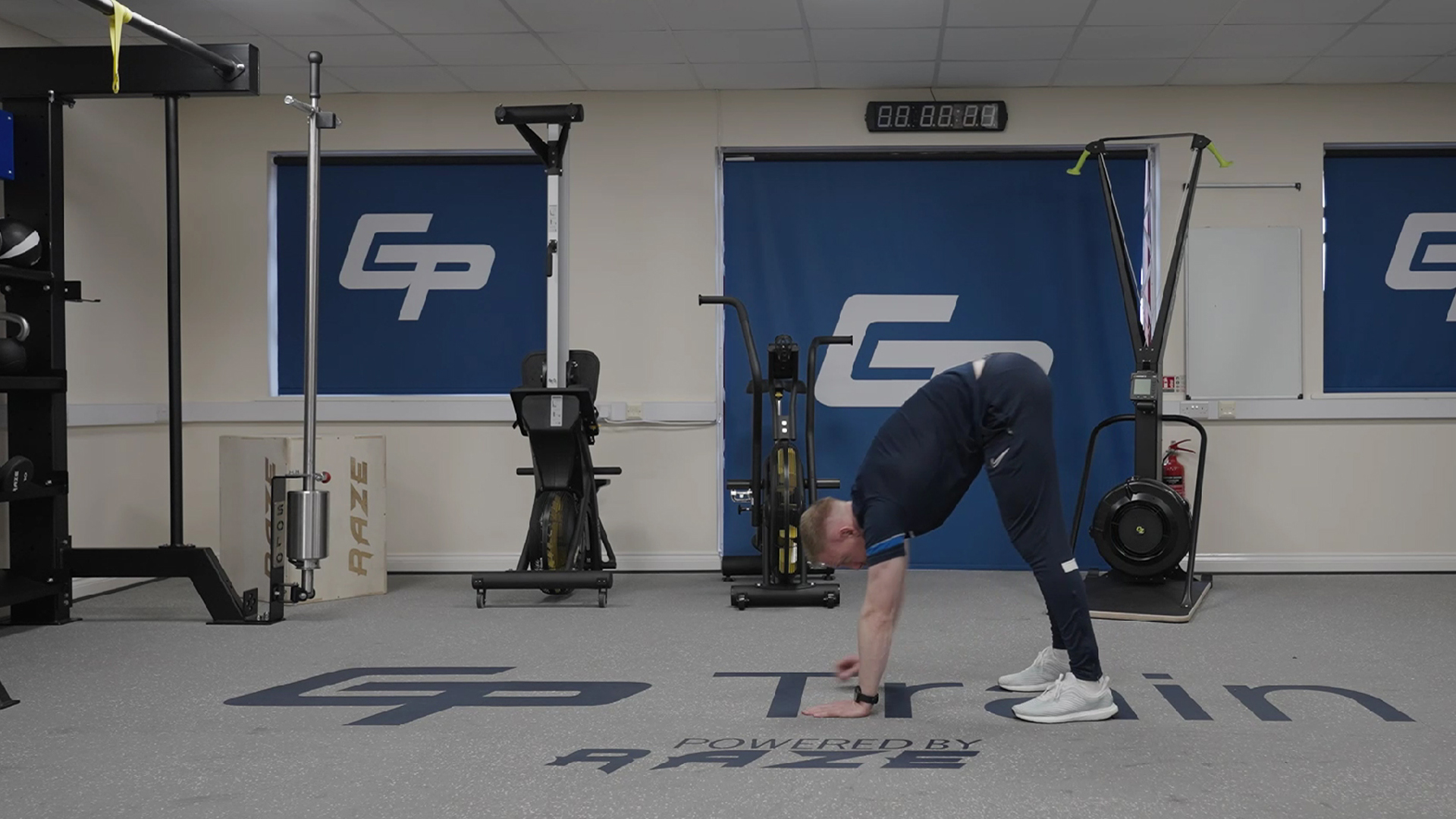
This is a great low-impact exercise which is suitable for all levels, including those recovering from injury. It works the entire body, but particularly the core and shoulders. Don’t forget - low impact doesn’t always mean low intensity!
- Stand up straight with feet hip-width apart and arms relaxed by your side.
- Bend at the knees and slowly reach the hands forwards onto the ground.
- As your hands reach the ground, gently walk them forwards until you are outstretched in a press-up position.
- Brace the core and pause for 2 seconds.
- Carefully walk the hands back towards your feet and then roll your body back up to a straight standing position - make sure your back is straight and your head is looking straight forwards.
- Repeat for 30 seconds (beginner) or 60 seconds (intermediate to advanced).
A3 - Mountain climbers
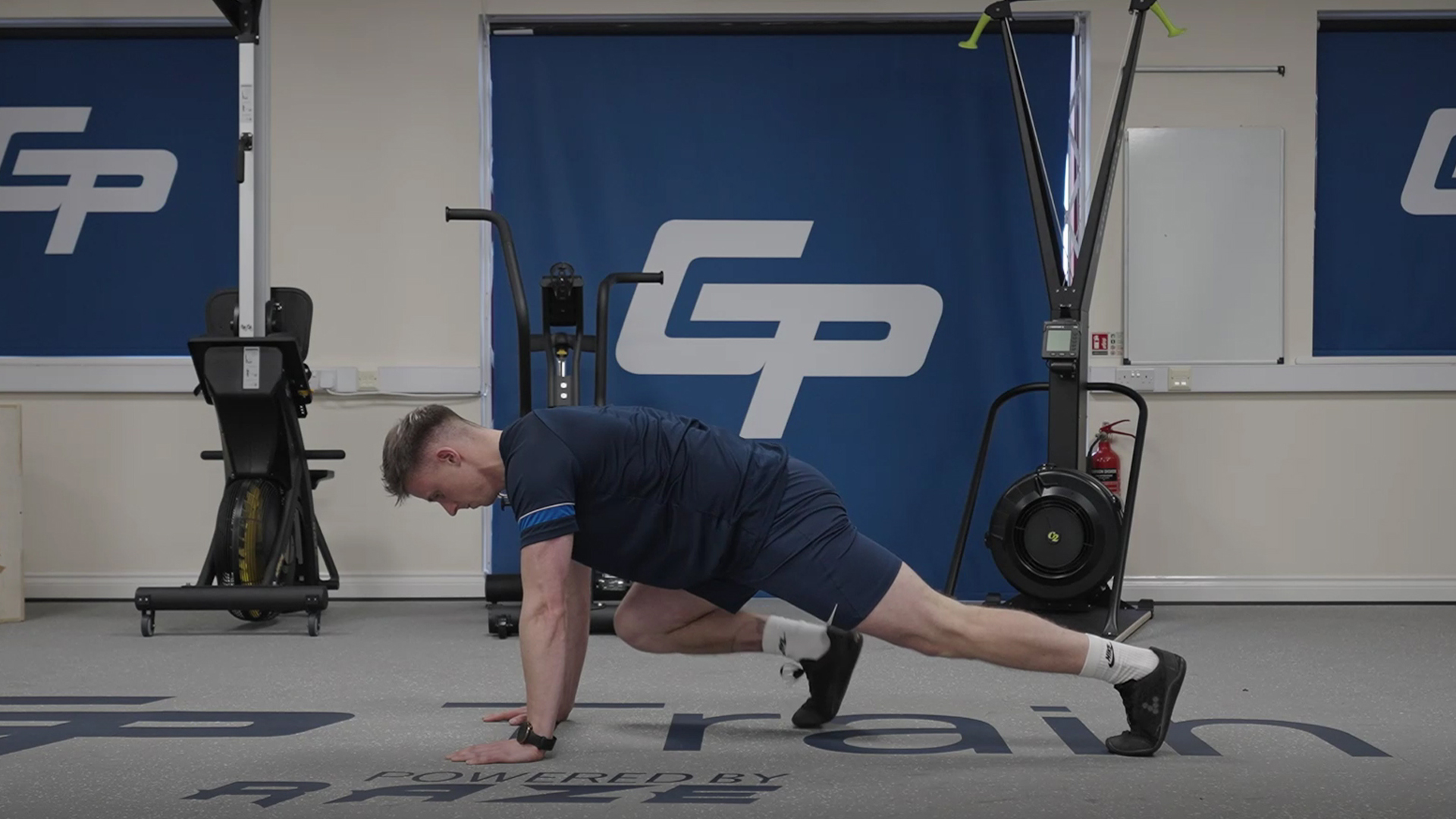
This is a very high intensity exercise but again low impact, and is ideal for runners as it works the legs, hips, core, and glutes.
- Adopt a press-up position on straight arms. Make sure your shoulders are directly aligned over your wrists and your back is flat with your spine straight.
- Holding this position, start to run your legs underneath you by drawing each knee towards your chest one at a time.
- Make sure your shoulders don’t start to track backwards and make sure your back stays flat. Remember to breathe!
- Repeat for 30 seconds (beginner) or 60 seconds (intermediate to advanced).
A4 - Split squat kicks
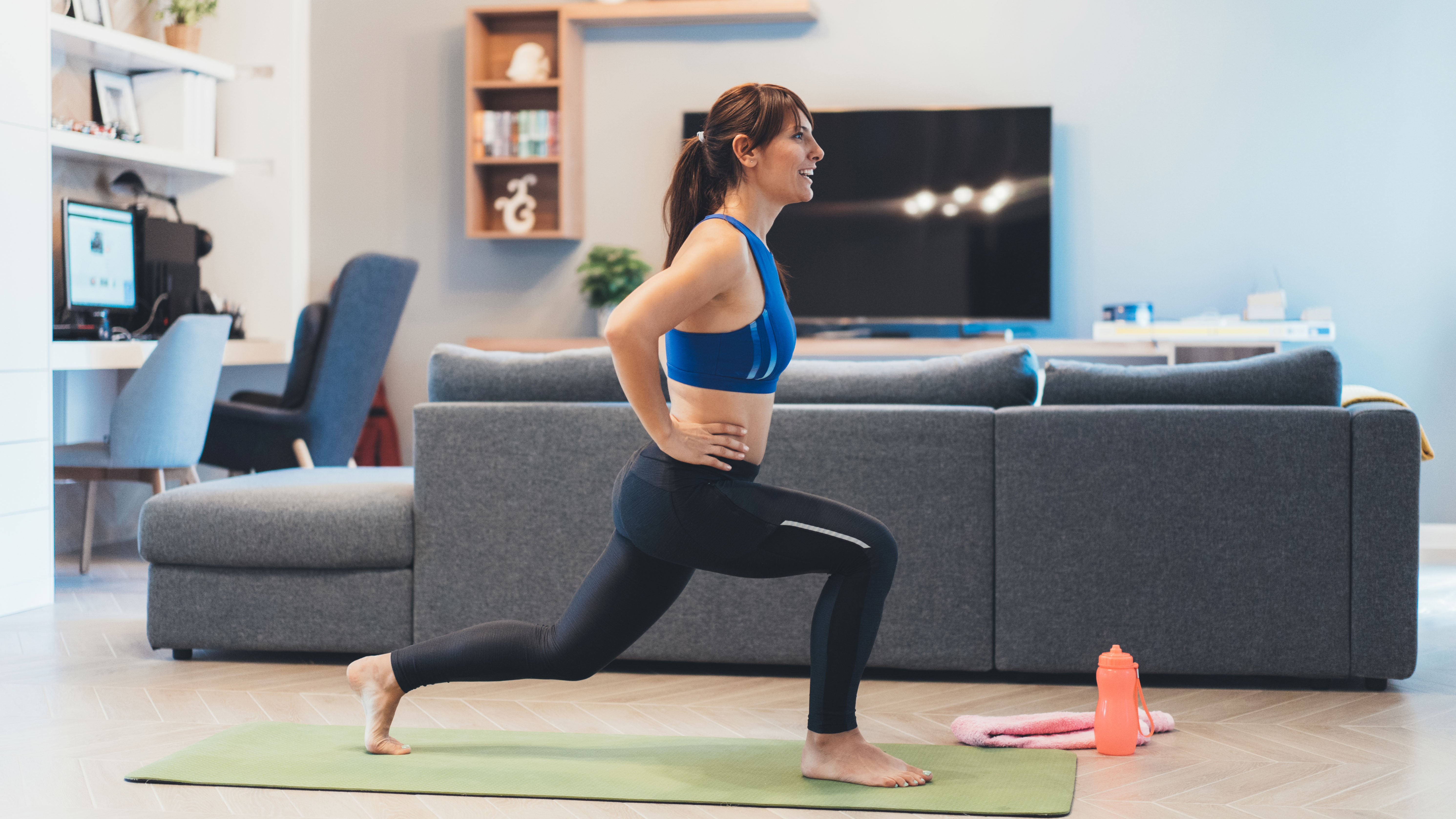
This is a fantastic exercise for improving balance and proprioception as well as power in the legs. It primarily works the lower body - quads, hamstrings, glutes and calves - but also gets the core working too.
- Adopt a split squat position (i.e. a lunge) with your right leg forward.
- Make sure your back leg is at a 90 degree angle with the floor, that your right knee is aligned over your ankle, and that your body is upright.
- Take a deep breath, then as you exhale, push your right foot off the floor as high as you can.
- As it lands back on the floor, drop straight back down into a split squat/lunge.
- Repeat 10 times on the right leg, then swap to the left.
- This is a pretty advanced exercise, so don’t worry if you can’t get your leg very high to start with. It takes practice.
A5 - Skipping
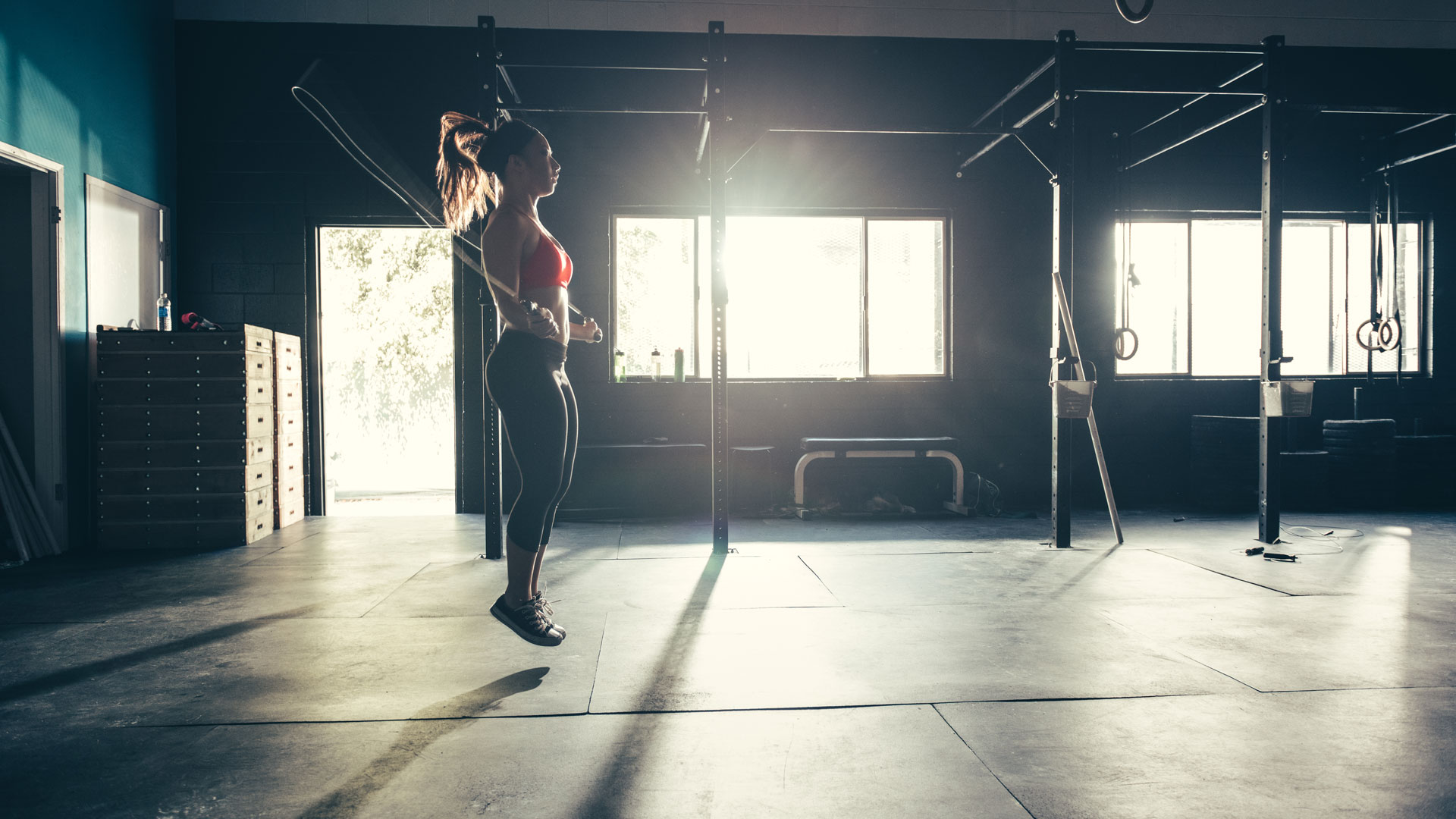
Skipping is one of my favorite exercises as it blasts the lungs and heart rate while working the entire body. Expect to feel this one in the shoulders, core, back, and calves.
- Using a skipping rope, skip for 30 seconds (beginner) or 60 seconds (intermediate to advanced).
- Make sure you don’t jump too high and that you ‘bounce’ your feet to minimize impact to the ankles.
A6 - Box jumps
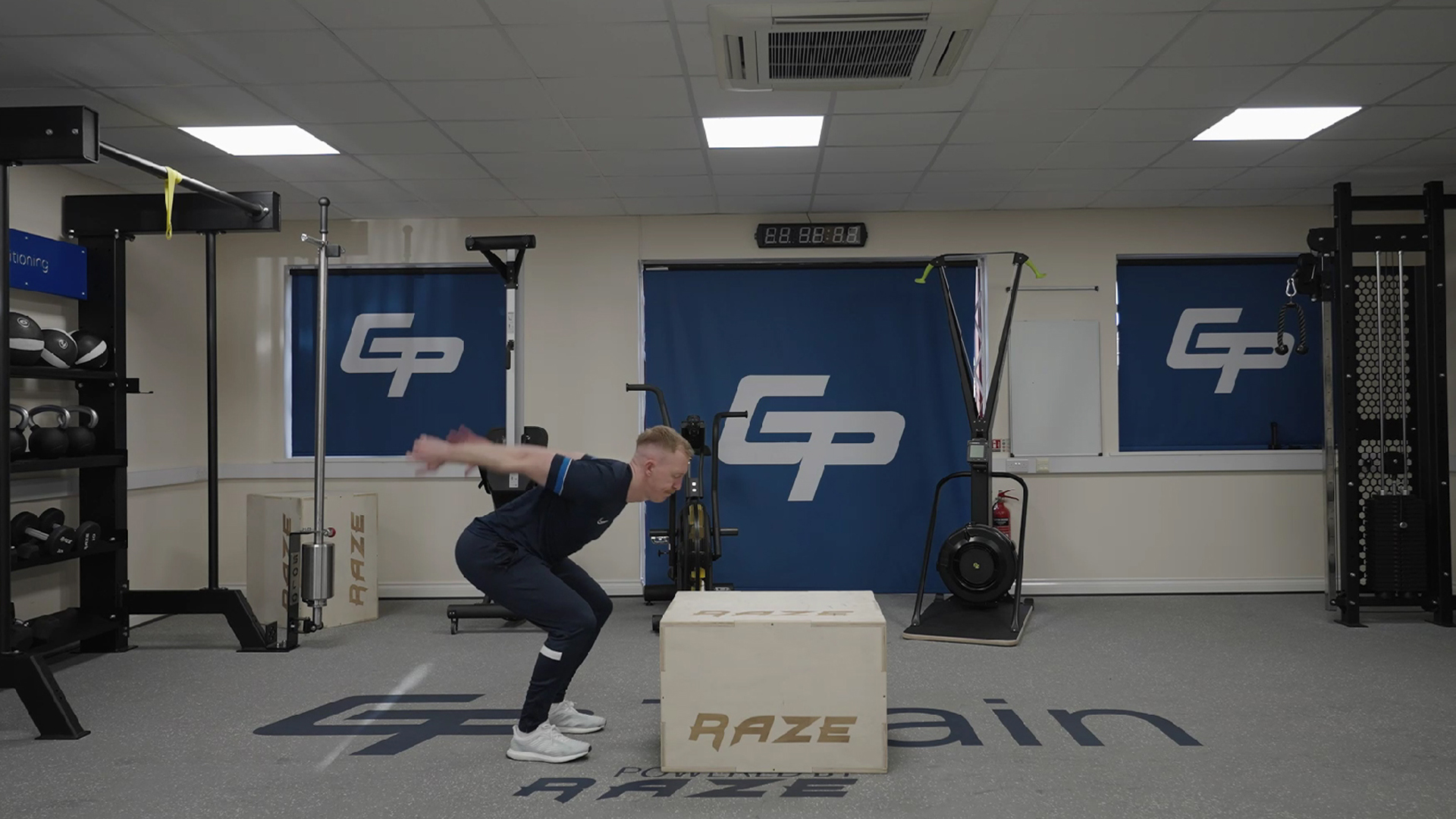
This is another plyometric exercise which will work every part of the body, primarily the legs. It takes balance and coordination as well as a little faith in yourself.
- Stand a few inches in front of a box with your feet hip width apart.
- Swing your arms back for momentum, then bend your knees and jump up onto the box.
- You can either land in a deep squat, or land standing upright. For those who are a little more nervous, it’s easier mentally to land in a deep squat as your center of gravity is lower.
- Be sure to look where you are going to place your feet and use your arms for balance.
- To take this exercise to the next level, add a burpee in between each box jump.
- Repeat for 30 seconds (beginner) or 60 seconds (intermediate to advanced).
Maddy Biddulph is a freelance journalist specializing in fitness, health and wellbeing content. With 26 years in consumer media, she has worked as a writer and editor for some of the bestselling newspapers, magazines and websites in the US and UK.
She is also a qualified L3 personal trainer and weight loss advisor, and helps women over 40 navigate menopause by improving their physical and mental strength. At Maddy Biddulph Personal Training, she runs one-to-one and small group training for menopausal women who want to get fit to ease symptoms and feel like themselves again.
-
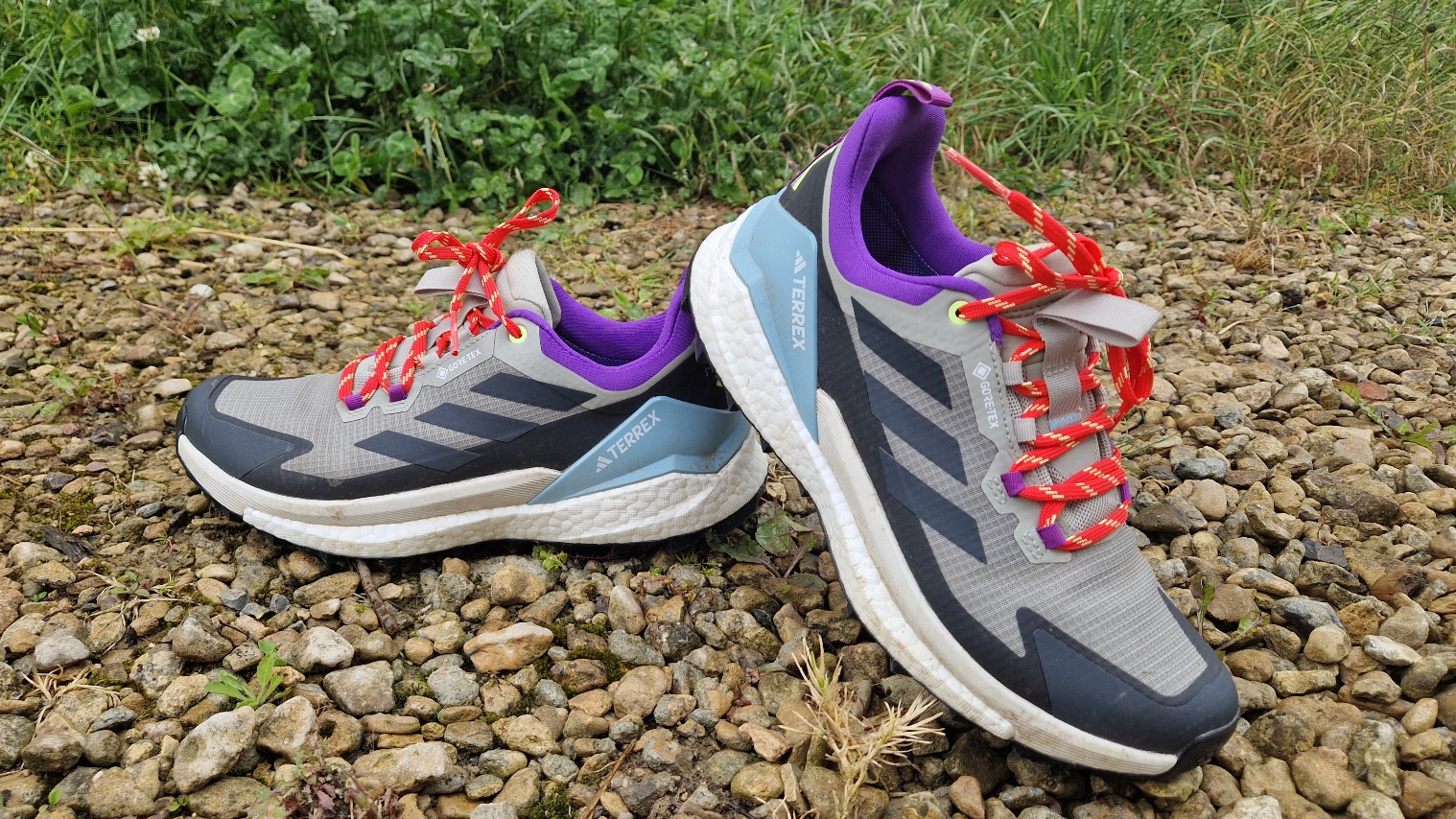 This might be your last chance to get my favorite waterproof walking shoe, and it's 25% off
This might be your last chance to get my favorite waterproof walking shoe, and it's 25% offDeal These Adidas Gore-Tex shoes are the most watertight I've tested
By Lou Mudge
-
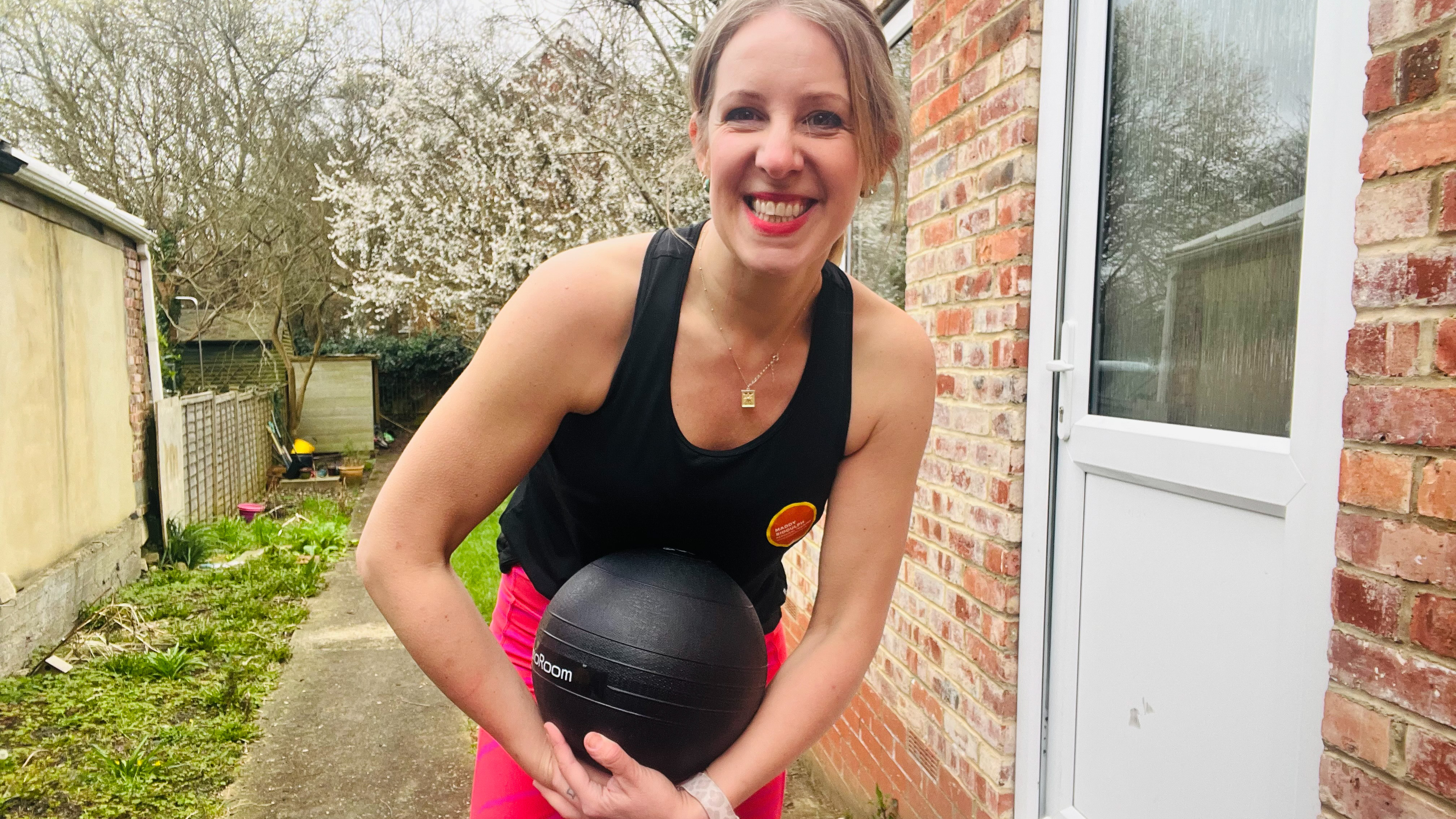 I tried wall balls for 30 days and the results surprised me
I tried wall balls for 30 days and the results surprised meTry this fitness challenge to boost total body strength
By Maddy Biddulph
-
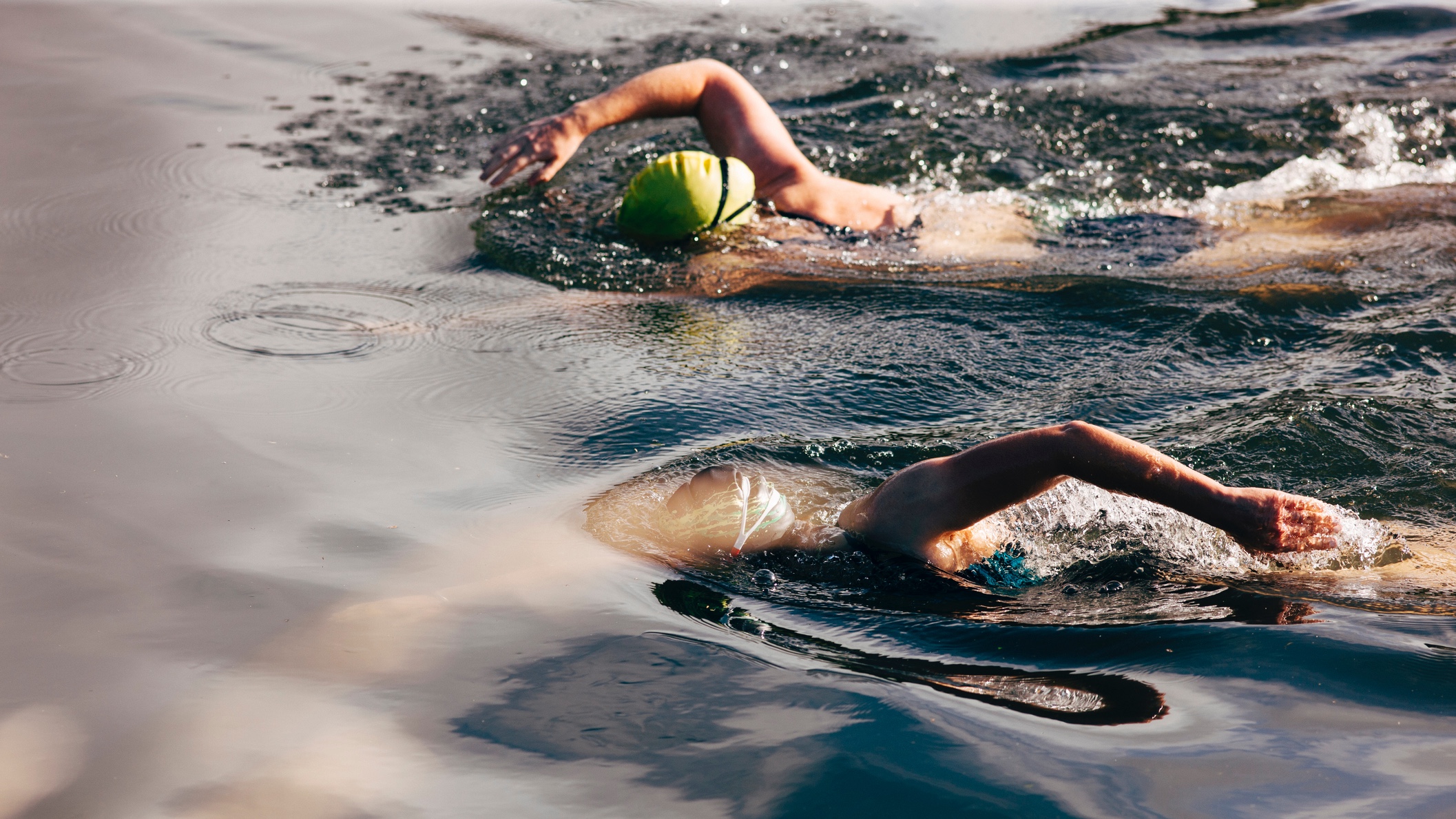 What’s the best open water swimming technique?
What’s the best open water swimming technique?Fitness Perfect your open water swimming technique and you'll be able to explore your local lakes and pools with confidence
By Maddy Biddulph
-
 The best trekking poles 2025
The best trekking poles 2025Buying guide Protect your knees and increase stability with the best trekking poles
By Harry Bullmore
-
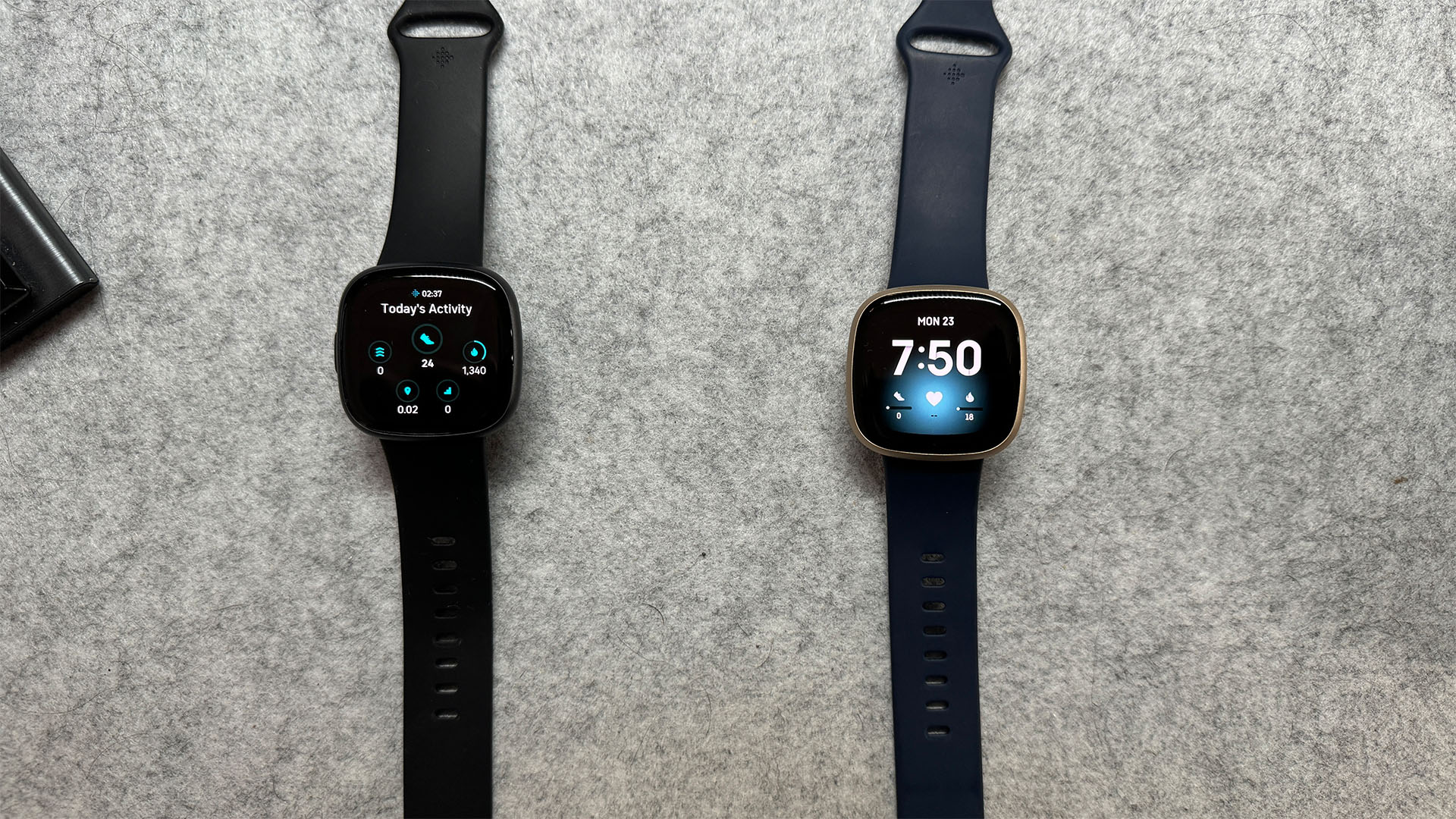 Fitbit Versa 3 vs Versa 4: here's the one I recommend buying
Fitbit Versa 3 vs Versa 4: here's the one I recommend buyingVersus There's little difference between these models, but the Versa 3 is much cheaper
By Lloyd Coombes
-
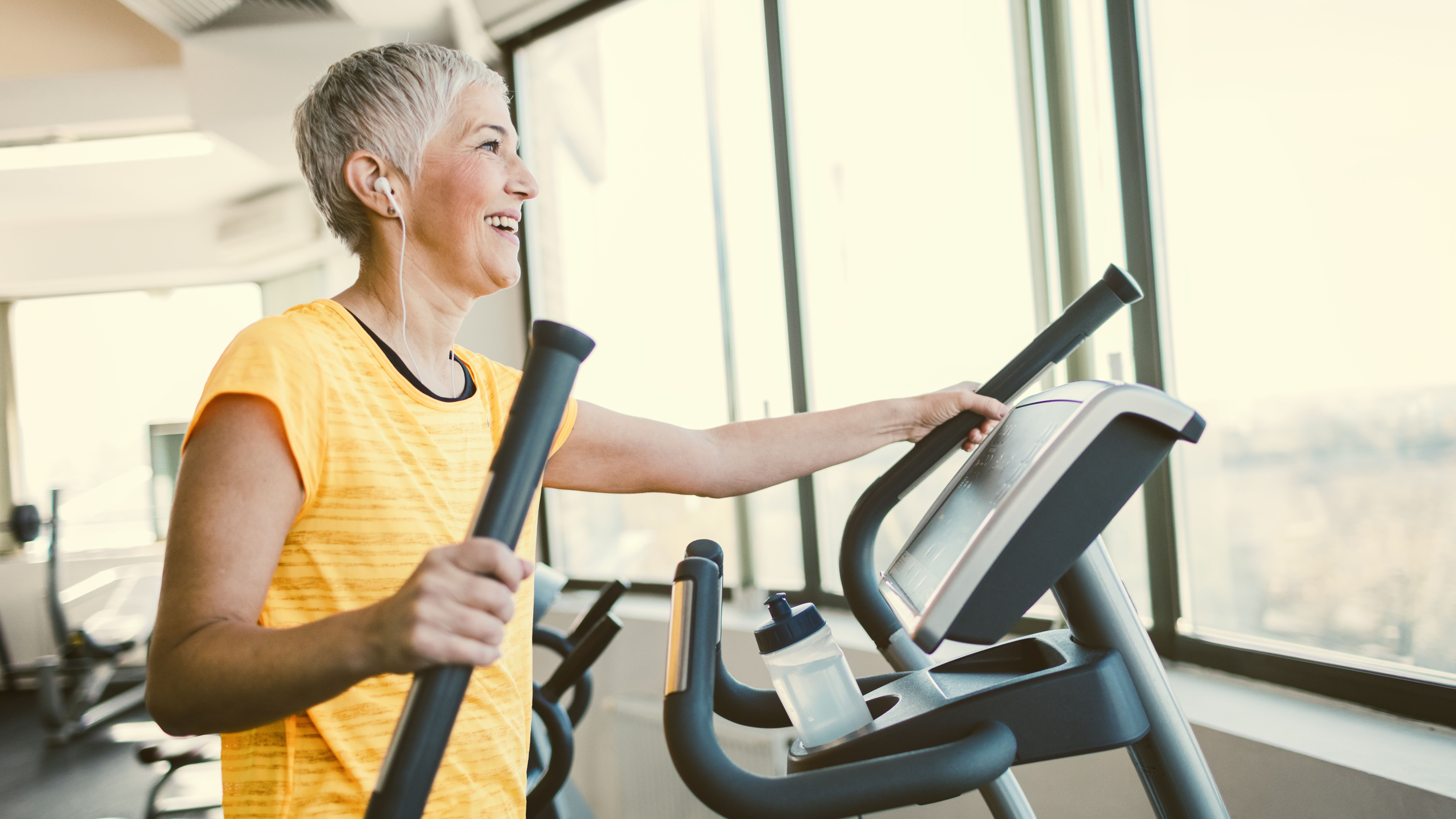 Best elliptical machines for home workouts
Best elliptical machines for home workoutsBuying guide Need a low-impact workout that’s easy on the knees? Try one of the best elliptical machines
By Sam Hopes
-
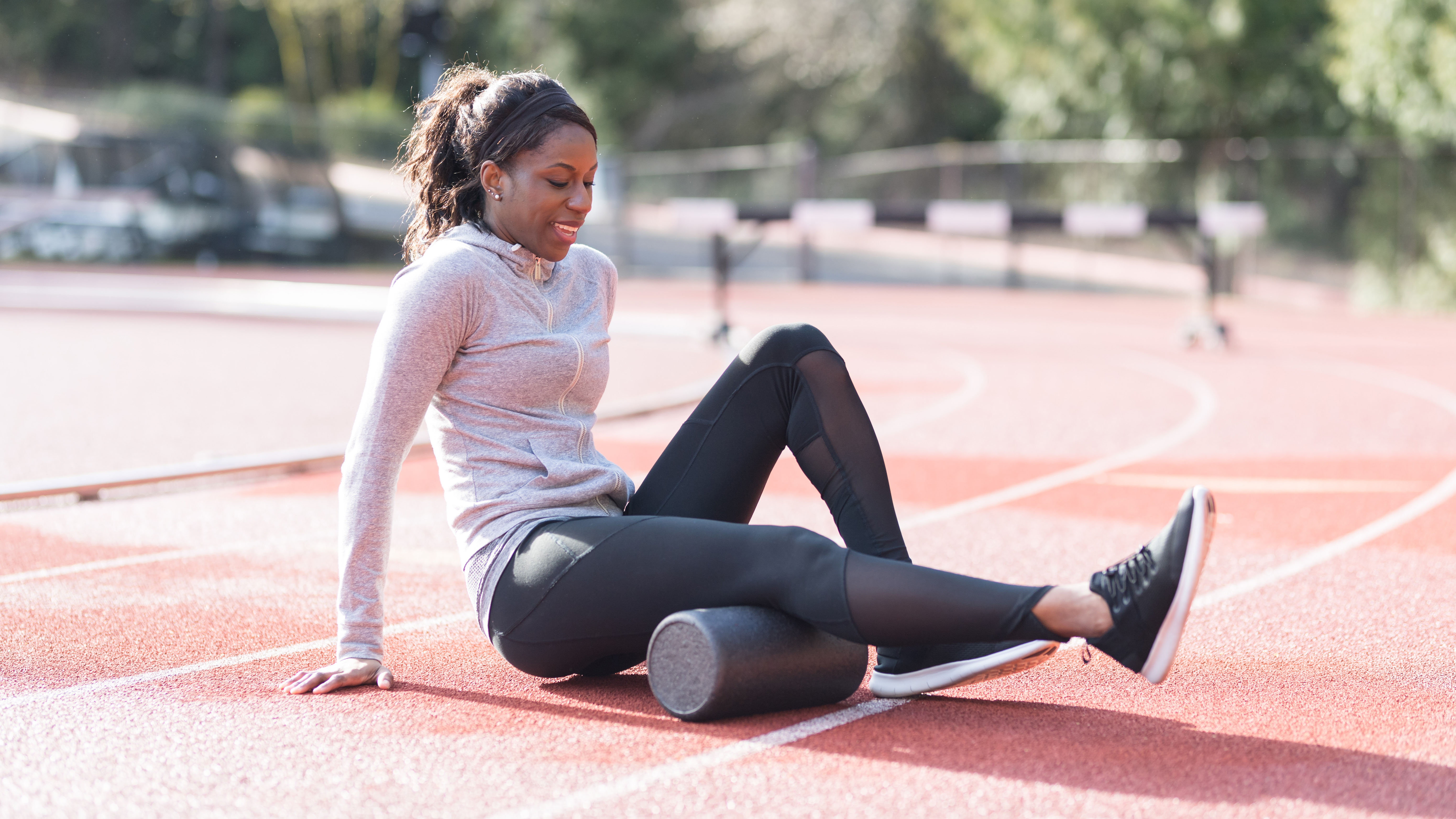 Best foam rollers for soothing sore muscles
Best foam rollers for soothing sore musclesBuying Guide Ease post-workout pain with our pick of the best foam rollers
By Harry Bullmore
-
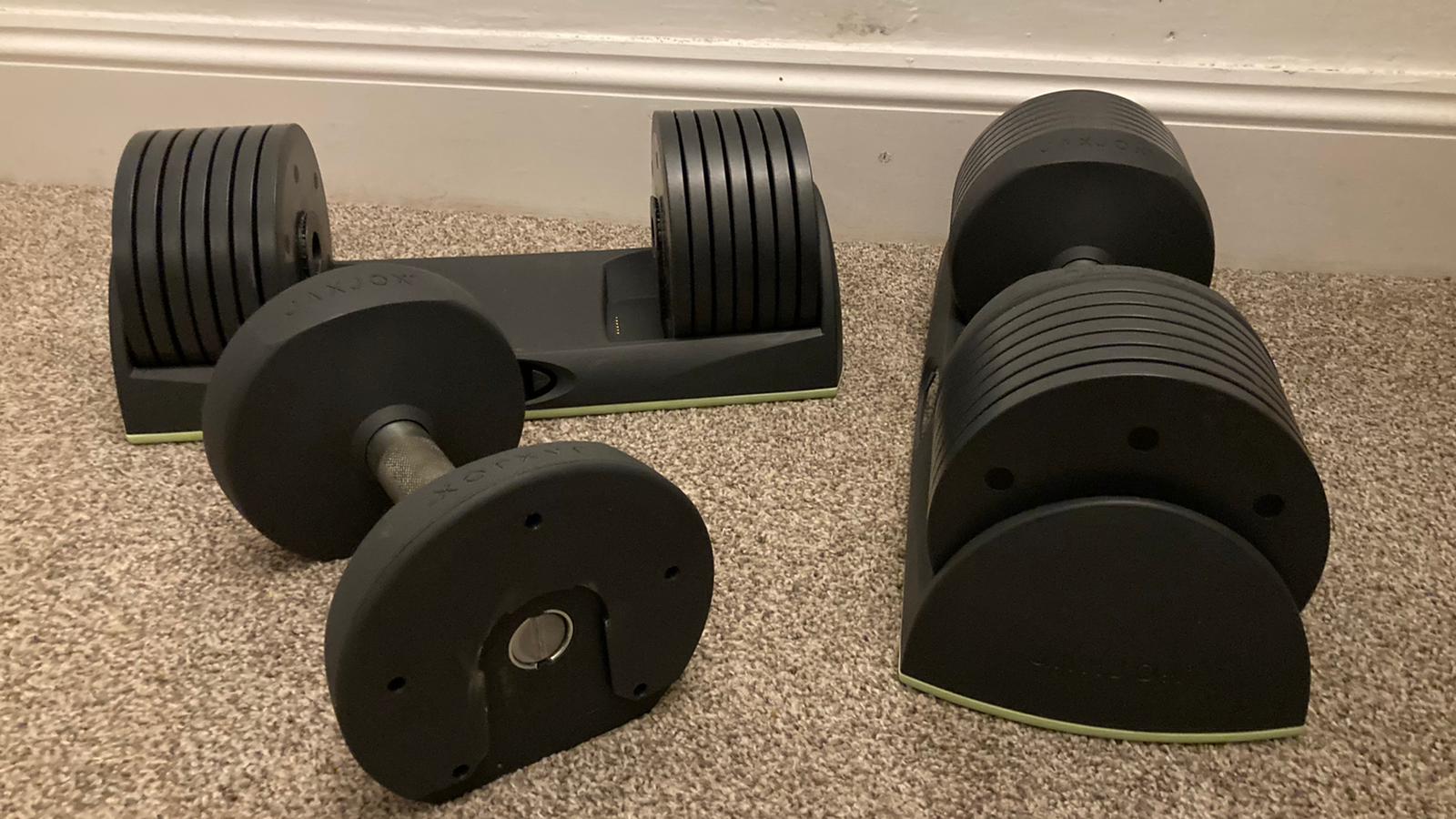 The JAXJOX DumbbellConnects have changed my home workouts forever
The JAXJOX DumbbellConnects have changed my home workouts foreverIf you want to start strength training at home, the JAXJOX DumbbellConnect adjustable dumbbells are the ultimate home workout tool
By Harry Bullmore
-
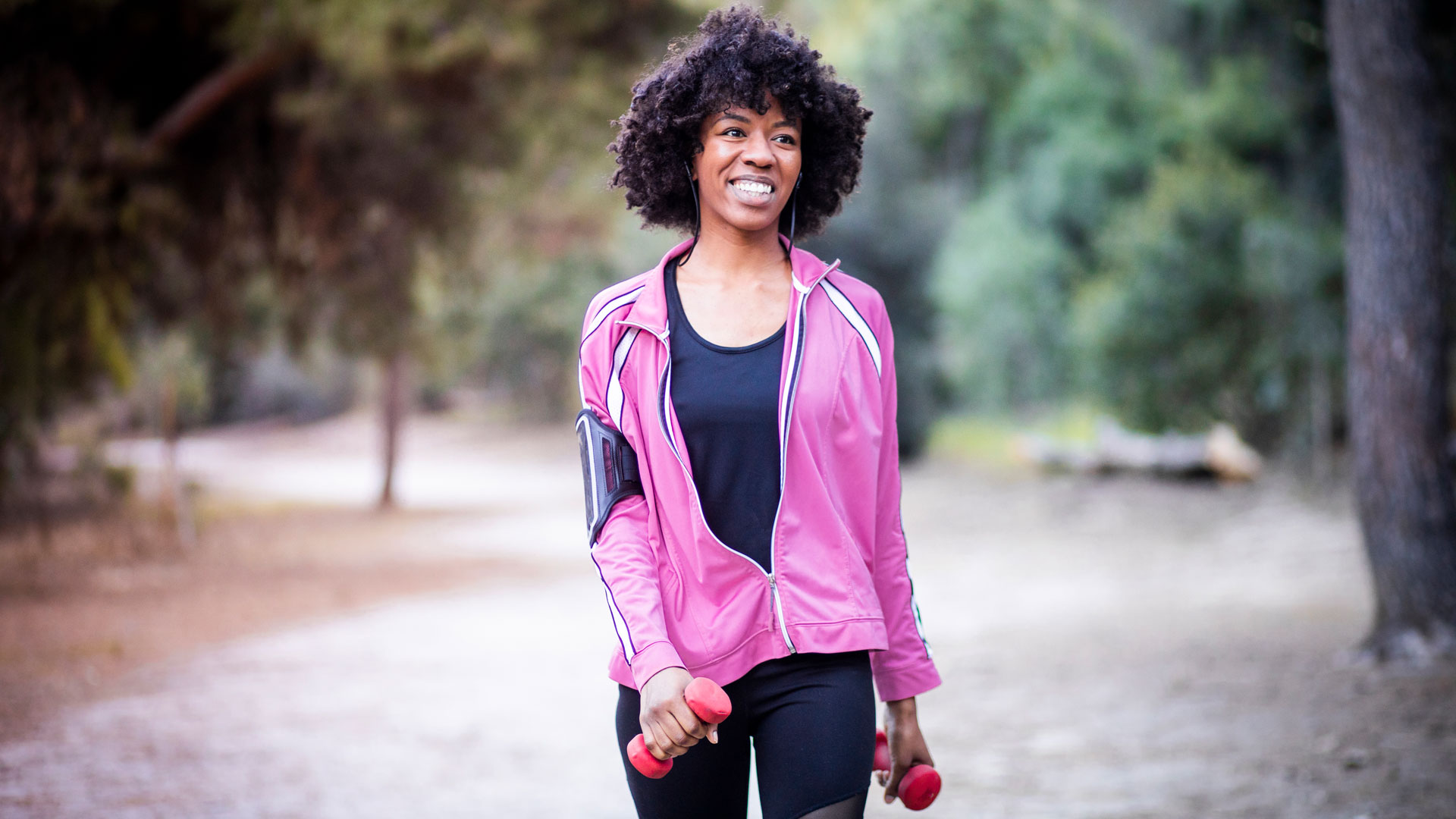 How to go walking with weights to build muscle
How to go walking with weights to build muscleFitness Try working out outside and go walking with weights for some serious health benefits
By Harry Bullmore
-
 Does hiking build muscle?
Does hiking build muscle?Fitness Does hiking build muscle? Here’s how this outdoor activity affects your strength
By Lily Canter